Exactly, Ronin...plus, with the absence of intensive development, there will be drawbacks that can be avoided by going with an existing DAW package. The key will be to find something that has the right 'feel'. Don't ever approach DAW selection from a mindset that you're creating a 'studio in a box'. Instead, view the approach as one might look at building a modular system; you're creating an instrument, essentially, with the big difference being that the 'instrument' all resides in code. Beyond that one point, a DAW really needs to function like the same sort of 'musical extension' of yourself as any other traditional acoustic and/or electronic instrument.
Years ago, when I first started working within recording studio environments, one of the things that I always found troubling was the system division inherent in that working space. But then, I learned from some of the 'old-timers' back in Nashville (where I'm originally from) that the key to how they got their sound was that they approached how they dealt with a studio as if it were a unified system, from room to mics to desk to tape machines to processing to monitors, all of which synergized to create the 'sound' those producers and engineers were gunning for. And this fit in with what I'd learned about the likes of Brian Eno, Conny Plank, and Can, all of whom I still admire to this day for their adventuresome approach to the studio-as-instrument. And while in undergrad and learning how to isolate the living crap out of everything and never print with processing and all of that old-school malarkey, I was eyeing developments such as Real World, Peter Gabriel's studio in which he'd dispensed with the separation of 'cutting' and 'control' spaces altogether, much as how Can did so but with the bleeding edge tech then appearing at the time. And this seemed right...the idea that NO barriers (physical or otherwise) should exist anywhere in the process chain found in the studio. So this did quite a bit to influence me up to the present day, where I don't even see my 'studio' as that...to me, it's a very large musical instrument. And within that context, the DAW system is simply akin to another valve on a horn or knob on a synth. It has to work in integration...not as a thing unto itself. And finding that right DAW package was tricky...we're talking a process that literally took me a decade and a half, but the time spent was worth it in exploring possibilities in the tech as well as in myself as a musician, and what I needed to use to keep forward progress going.
So the upshot is this: don't box yourself in by saying that something like an OS is going to define your work. That's really an ancillary thing. If your musical needs require using Windows or Mac (or iOS or whatever) and you can see possibilities that may happen by getting past the OS 'box', then try and do so. View your setup as an integrated whole and ask "what does my music need from this and how do I let it reach that goal?"

